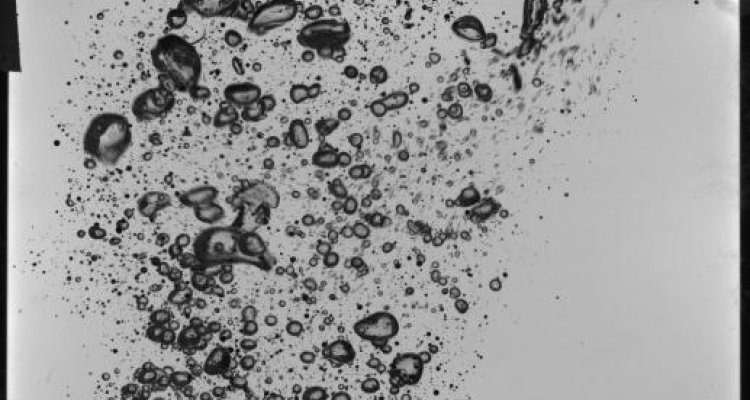
Project
Effects of dispersants on the fate of oil in realistic conditions
This study will analyze and model the dispersion of oil and consequences for oil properties and fate.
Photo: Example picture of plunging jet test in progress. Under water view, early in the test. Air bubbles (bubbles with a clear centre) are being entrained as well as oil droplets (opaque droplets).
Fate models exist that predict horizontal fate of oil with or without dispersant. It is assumed that if greater than 20 m depth, dispersants can safely be applied because of dilution. However, vertical fate has not yet been thoroughly studied and experiments are always done in clean seawater. Oil-dispersants interactions may have different consequences in the presence of suspended particles or plankton.
This study will analyze and model the dispersion of oil and consequences for oil properties and fate. The results of this study will feed into the overarching [C-IMAGE/TripleP@Sea] project, where the ultimate goal is to develop a decision support tool for oil spill response in the waters around St. Eustatius.
